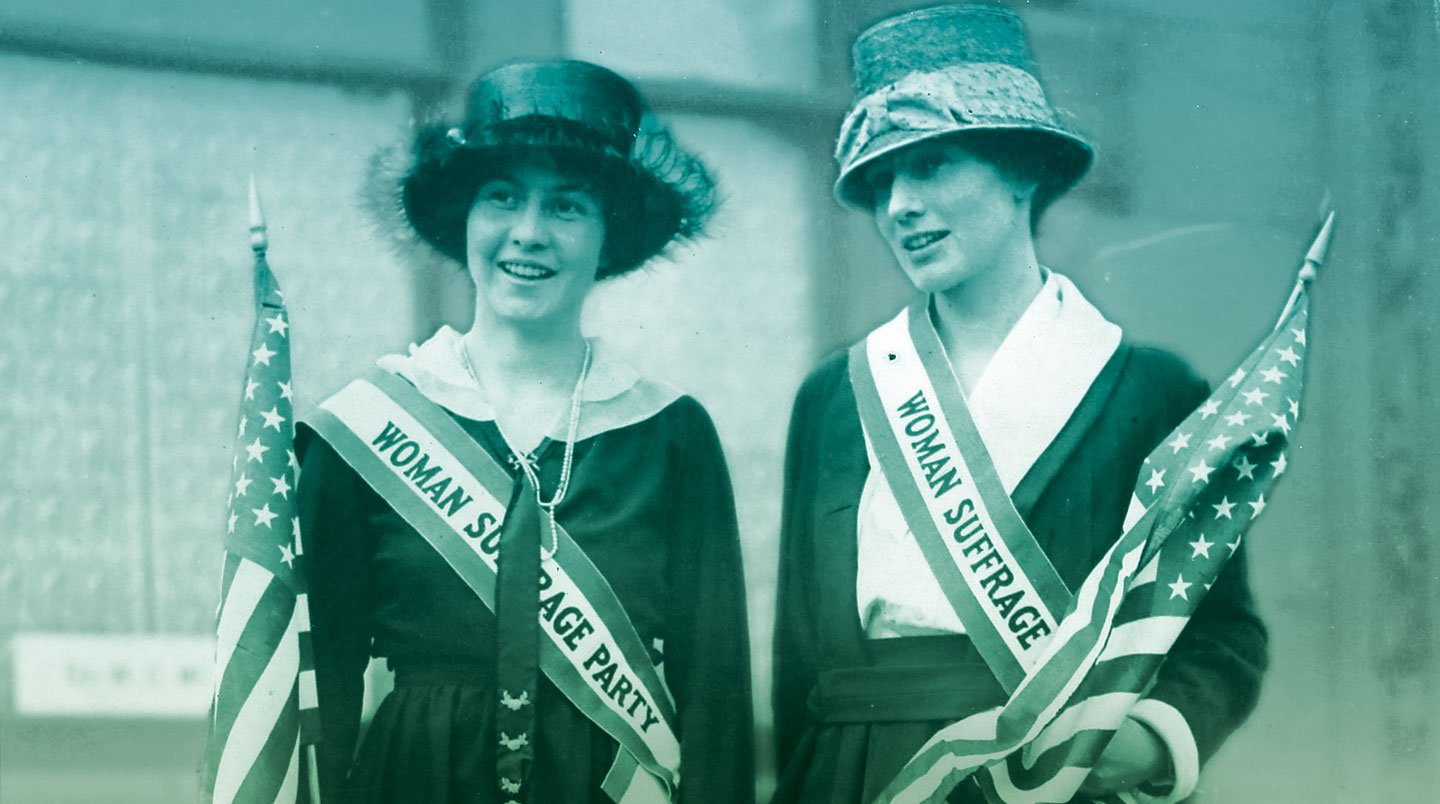During the presidential election of 1872, more than 150 women across the United States attempted to break a law they believed was unjust.
In Connecticut and Ohio, women tried. In Battle Creek, Michigan, Sojourner Truth, a well-known abolitionist who had escaped slavery, tried. And in Rochester, New York, about a dozen women tried—and succeeded in—breaking that law. One of them, a former teacher named Susan B. Anthony, was arrested and put on trial for her offense.
What was her crime? She had dared to vote at a time when it was illegal for women in the U.S. to do so.
It happened during the presidential election of 1872: More than 150 women across the United States tried to break a law they believed was unjust.
Women tried in Connecticut and Ohio. Sojourner Truth was a well-known abolitionist who had escaped slavery. She tried in Battle Creek, Michigan. And in Rochester, New York, about a dozen women tried. They succeeded in breaking that law. One of them was a former teacher named Susan B. Anthony. She was arrested and put on trial for her offense.
What was her crime? She had dared to vote at a time when it was illegal for women in the U.S. to do so.

